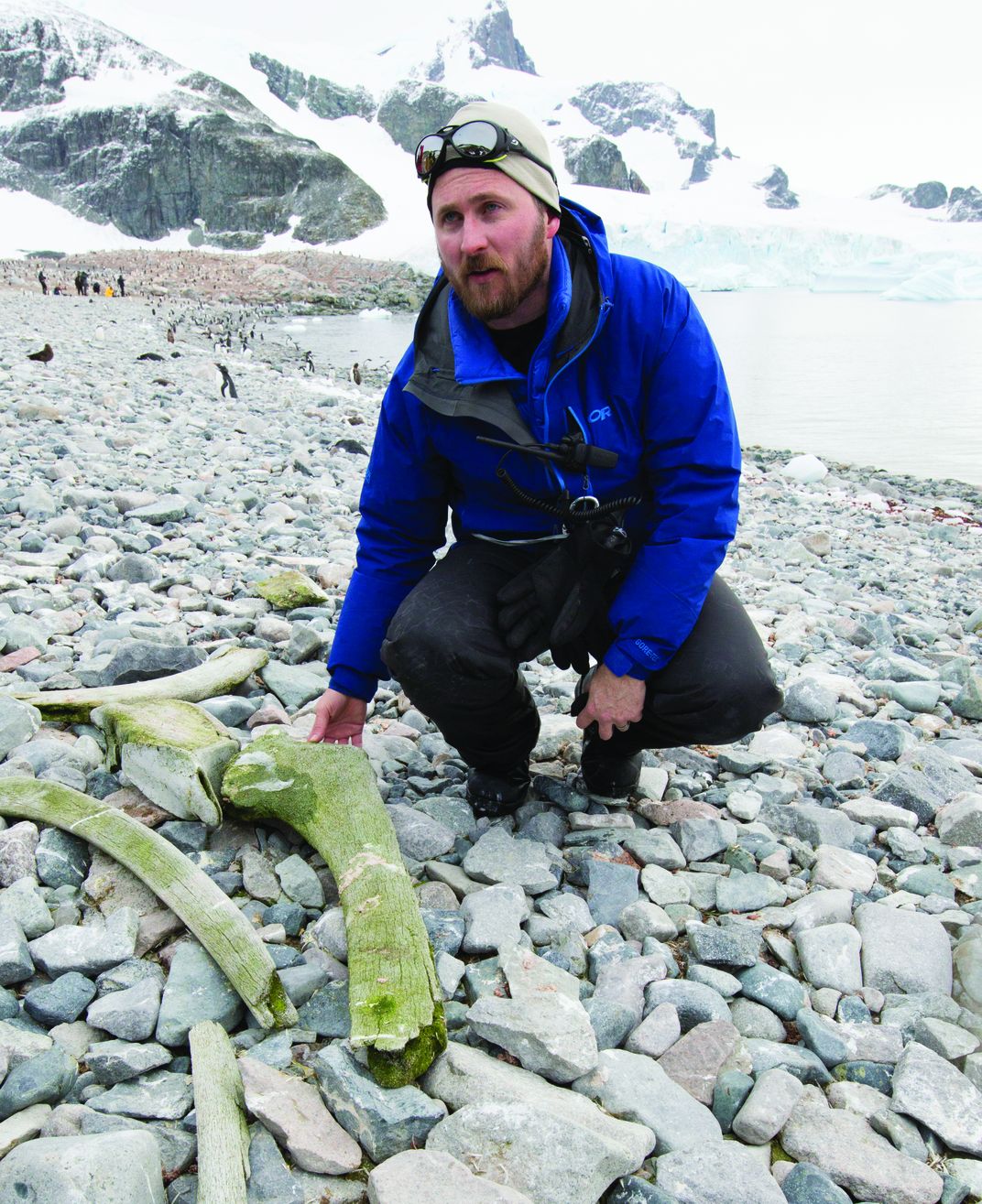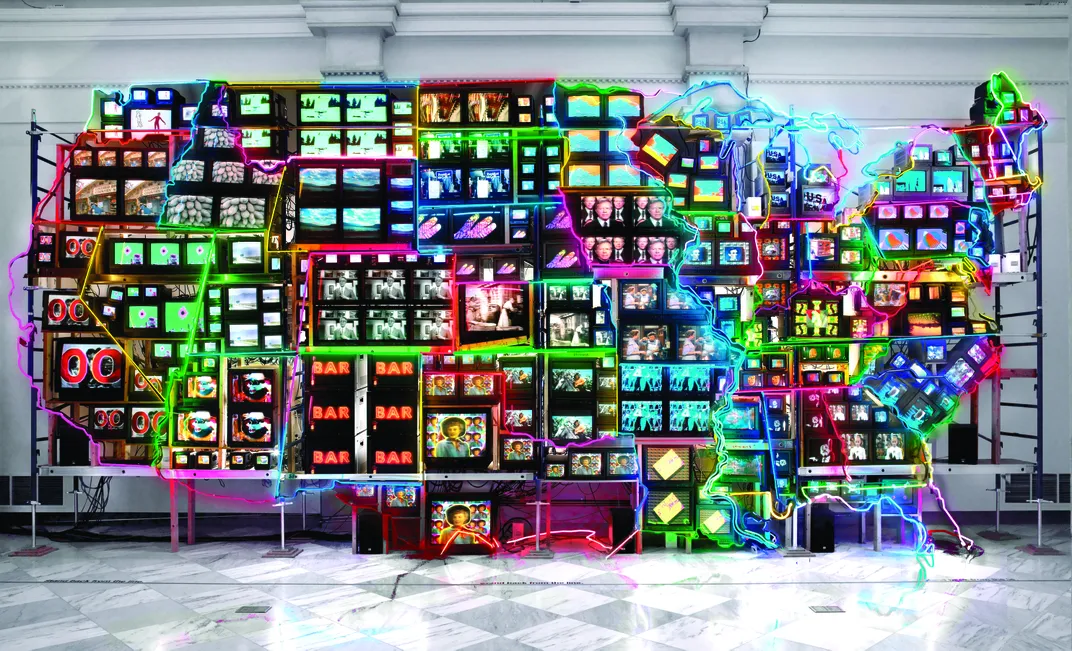YOUR IMPACT | YOUR SMITHSONIAN
Smithsonian Open Access: Unlocking Our Treasures
This month the Smithsonian becomes Creative Commons Zero (CC0). This means we are opening the digital doors, making our content available under user-friendly copyright laws. Artists, researchers and anyone with an internet connection can download, remix, reuse and share Smithsonian collections—just about any way they like.
:focal(1755x1228:1756x1229)/https://tf-cmsv2-smithsonianmag-media.s3.amazonaws.com/blogging/featured/Open_Access_Cover.jpg)
Download. Remix. Reuse. Share. Unlock the Smithsonian.
This month the Smithsonian becomes Creative Commons Zero (CC0). This means we are opening the digital doors, making our content available under user-friendly copyright laws. Artists, researchers and anyone with an internet connection can download, remix, reuse and share Smithsonian collections—just about any way they like. This Smithsonian Open Access initiative is a game changer and sets a new standard for museums around the world by making millions of digital assets available for learning, discovery and creative reuse. At first, we are releasing roughly 2.8 million 2D and 3D images, metadata and research data. Eventually we could release the majority of our 155 million objects, 2.1 million library volumes and 156,000 cubic feet of archival collections. That’s a lot. Here are two digital experts to tell us what it all means.
TO THE FUTURE AND ALL THE
WONDER THAT WILL BE
By Nick Pyenson
Imagine the children who walk into the Smithsonian in 2046, in the year of the institution’s bicentennial. Then, as now, children scamper loudly to the far corners of the museum’s halls.
But unlike today, these children do far more than gaze at an object, tap on a display or watch a video. Instead, they live the context of the object. They point devices that look like pencils (cheap and durable) at a specimen and unfurl everything about it. Children step into a map of the exact place where it was collected. They see inside the specimen, rotate it and pull it apart. They spool the map forward in time to see what their future worlds might be. Digital versions make the real thing more valuable, not less, and we’re in the early stages of translating the power of context to the many audiences that visit the Smithsonian.
In this projection of wonder, the children can see the digital superimposed on the actual. They also can touch and hear everything that’s ever been sampled, published or observed about the real thing. To you and me, it would be sensory overload; to them, it’s Thursday at the Smithsonian.
At the end of their visit, they’re asked to contribute to a time capsule, to be opened in 2146 on the institution’s tricentennial. They write to the future, as we sometimes do, because they know what it means to be good ancestors. These children are natural time travelers, in a way that we can barely understand. Mostly, they can hardly wait to visit again.
I think about the visitors to a future Smithsonian because I’m reminded, on a daily basis, that museums play the long game. This vision for the future isn’t far-fetched; it pulls from very real trends in technology, logical extensions of the devices in our lives. It also pulls from the work of Smithsonian staff entrusted to care for not just the objects in the collections but the data attached to them as well.
Take a fossil in a cabinet drawer—the Smithsonian cares for more than 40 million of them, from every geologic time period and continent, more than any other collection on the planet—so there are plenty from which to choose. Today we can capture a 3D digital facsimile of that fossil without too much trouble (the bigger the bone, the more trouble).
The real value, though, comes from context: the yellowed, edge-worn museum specimen labels that document where items were found, who collected them and when. We want those digitized too, and connected to 3D models, because without knowing context, we lose significance. Multiply the effort to digitize a single specimen by many millions and you can begin to see how keeping track of every digital bit matters.
Back to the long game: Every day I handle specimens collected by Smithsonian staff I will never meet—scientists who worked in a museum before television, air travel and the internet, but still knew the value of the real thing and its context. Digital versions make the real thing more valuable, not less, and we’re in the early stages of translating the power of context to the many audiences that visit the Smithsonian.
We’ll only be able to get to that vision of the future, where the digital and real elevate each other by using the right tools, and making the processes and outputs of what we do. Today, I remind myself to go slow, and take the time to make sure that the work I do has as much lasting value as that of my predecessors at the museum. I think it will be worth it.
Nick Pyenson is a research geologist and curator of fossil marine mammals at the National Museum of Natural History and a Young Scientist at the World Economic Forum. He is author of Spying on Whales: The Past, Present and Future of Earth’s Most Awesome Creatures.

____________________________________________________
WIKI AND BEYOND
By Sara Snyder
I love encountering an artist whose work inspires me to think about the world in new ways—one who raises powerful questions or ignites my imagination. Works such as Nam June Paik’s chaotic television assemblages and Alma Thomas’s colorful painted canvases are among my favorites in the collection of the Smithsonian American Art Museum, where I have worked for the last five years.
Living in a city like Washington, D.C., I have access to great art museums, which is a privilege that is easy to take for granted. For many people around the world, such museums are geographically beyond their reach.
That is why I have focused much of my Smithsonian career on sharing the story of American art online via digital projects and platforms—websites, social media channels and video. The web series Re:Frame and behind-the-scenes stories in the Meet the Artist video series are two favorite recent examples of what we at the museum have produced.
The internet has made it possible to share our amazing collections and engage in meaningful dialogue with researchers, students, art lovers, teachers and creators around the globe. Technologically cutting-edge, linked open-data projects have the potential to contribute to open knowledge at an even greater scale, by publishing data sets that could be reused by digital humanities scholars and major collaborative data-sharing projects.
That’s how the Smithsonian Open Access initiative will expand access to our treasures exponentially. For me, this is a foundational step in implementing the Smithsonian’s audacious goal to “reach 1 billion people a year with a digital-first strategy.”
We will take many paths to make this happen. But, imagine the types of creative reuse that will begin to flower once most of the remaining barriers are removed. Under the international Creative Commons license, rougly 2.8 million of our 2D and3D images will be released, making our eligible collections, media, metadata and research data available for educational and research endeavors, computational analysis, and all sorts of innovtive explorations by the public.
Here’s what I look forward to: better representation of our collections, research and knowledge in Wikipedia and its sister projects, such as Wikidata and Wikimedia Commons, and seeing a greater number of our gogeous, professionally photographed images of artworks from the Smithsonian’s collection given greater prominence in search results.
Now, we truly have the chance to inspire the whole world with the power of American art, and empower creativity and new research by the public.
Sara Snyder is chief of external affairs and digital strategies at the Smithsonian American Art Museum and Renwick Gallery.

Everything you read about in IMPACT is made possible in part thanks to support from lifelong learners like you. Donate today and power Smithsonian's mission to create and share knowledge with everyone, everywhere.
Want more stories about how the Smithsonian impacts your world? Join our community of curious, passionate knowledge-seekers from across the globe.
